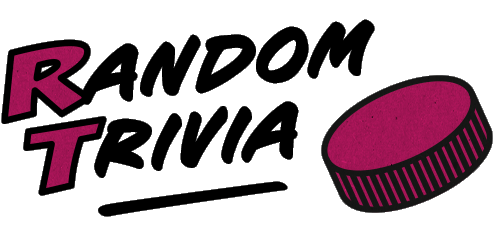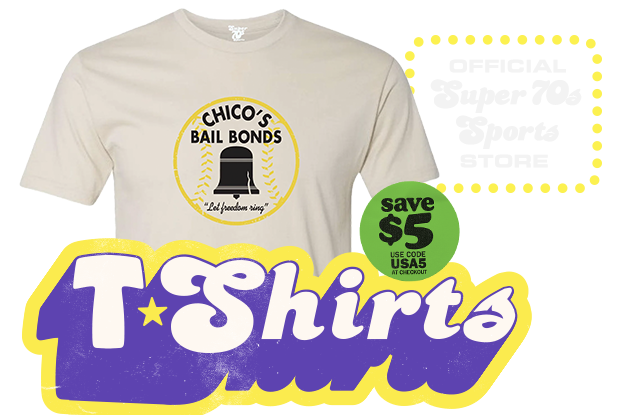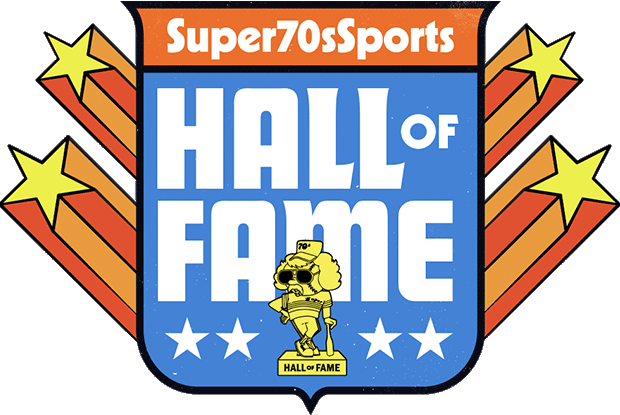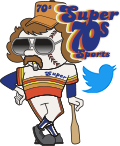No field? No problem. All you needed was a wiffle ball, a yellow bat, and a total disregard for property lines.
Backyard baseball wasn’t just a pastime—it was a battleground of imagination, where the rules changed from house to house and every yard held the potential for greatness. The bases were lawn chairs, trees, maybe a shoe. The foul lines were the driveway on the right and Mrs. Kline’s hydrangeas on the left. And if you hit it over the fence? Home run. Unless it hit the shed. Then it was a double. Obviously.
The wiffle ball was the great equalizer. That plastic orb with its telltale air holes could dance, drop, curve like a frisbee in a wind tunnel, and defy physics with every flick of the wrist. No one knew how it worked—but everyone pretended they did. If you could throw a rising wiffleball fastball, you were basically Nolan Ryan with shin splints.
And the bat—oh, the yellow bat. So light, so hollow, so utterly worthless in any other situation. You couldn’t hit a real baseball with it if you tried, but against a wiffle? You were a menace. You choked up. You called your shot. You whiffed badly and blamed the wind.
We played through heatwaves, thunderstorms, neighborhood disputes, and at least three near-death experiences involving grill tools. You’d sprint barefoot through dog poop and garden hoses to leg out a triple. You’d break up a double play with a well-placed slide into the patio furniture.
Stats didn’t matter. Score barely mattered. What mattered was glory—and maybe knocking a pitch so far it dented your dad’s Buick.
And, of course, the game always ended the same way: when the ball got stuck in the gutter and nobody was tall enough to get it down.








